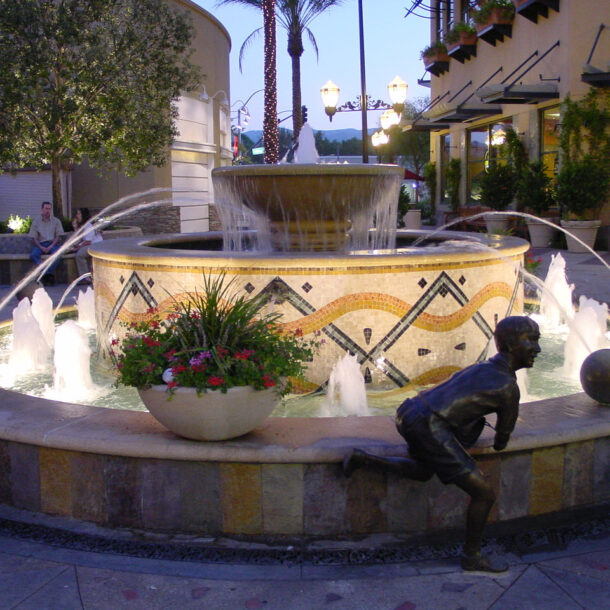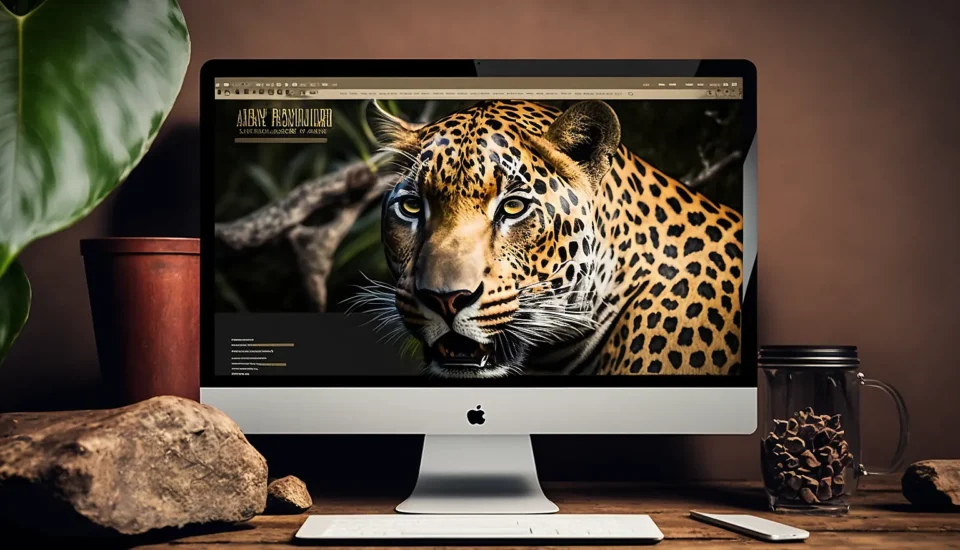
Here are some signs that a web designer is professional:
- They have a strong portfolio: A professional web designer should have a portfolio of past work that they can show you, showcasing their design style and the types of websites they have created.
- They have a clear process: A professional web designer should have a clear process for designing and developing websites, and should be able to explain it to you in detail. This should include information about how they gather information from clients, how they create mockups and wireframes, and how they test and refine the website before launch.
- They have good communication skills: A professional web designer should be able to effectively communicate with you throughout the design process, keeping you informed of progress and asking for feedback as needed.
- They have a good reputation: You can often get a sense of a web designer’s professionalism by reading online reviews or asking for references from previous clients. Look for designers with mostly positive reviews and a track record of happy clients.
- They have a strong understanding of web design principles: A professional web designer should have a strong understanding of design principles such as layout, color theory, typography, and user experience design. They should also be familiar with the latest web design trends and best practices.
- They have the necessary skills and experience: A professional web designer should have the necessary skills and experience to create a high-quality website. This may include expertise in web development languages like HTML, CSS, and JavaScript, as well as graphic design and user experience design skills.
How can a professional website help my business?
There are several ways that a professional website can help your business get more customers:
- Improved visibility: A well-designed website can help your business get found online by potential customers through search engines like Google. By optimizing your website for relevant keywords and having a strong online presence, you can increase the chances that your website will rank well in search results, making it more likely that potential customers will find and visit your site.
- Increased credibility: A professionally designed website can increase the credibility of your business, as it shows that you are serious about your online presence and are committed to providing high-quality products or services. This can help build trust with potential customers and encourage them to choose your business over competitors.
- Enhanced customer experience: A well-designed website that is easy to navigate and use can improve the overall customer experience, making it more likely that visitors will stay on your site and consider doing business with you.
- Lead generation: A website can be a powerful tool for generating leads for your business. By including calls-to-action and forms on your website, you can encourage visitors to provide their contact information or request more information about your products or services.
- Online marketing: A website can be an effective platform for online marketing efforts, such as email marketing, social media marketing, and pay-per-click advertising. By promoting your website and driving traffic to it, you can reach a wider audience and generate more leads and sales for your business.
Overall, a professional website can help your business get more customers by increasing your visibility, credibility, and reach, and by providing an effective platform for marketing and lead generation efforts.
Frequently Asked Questions about Web Design
Here are some common questions about web design:
- What is web design? Web design is the process of creating the look and feel of a website, as well as the layout and structure of the content. It involves a combination of graphic design, user experience design, and web development skills.
- What is the difference between web design and web development? Web design is focused on the visual and user experience aspects of a website, while web development involves building the technical infrastructure of a website using programming languages like HTML, CSS, and JavaScript.
- How much does web design cost? The cost of web design can vary widely depending on the size and complexity of the website, as well as the level of customization and features required. Prices can range from a few hundred dollars for a simple website to tens of thousands of dollars for a large, custom website.
- How long does it take to design a website? The timeline for designing a website can also vary depending on the size and complexity of the project. A small, basic website may take just a few weeks to design, while a larger, more complex website could take several months or more.
- What should I consider when choosing a web design firm? When choosing a web design firm, you should consider their portfolio of past work, their pricing and packages, their level of expertise and experience, and any customer reviews or testimonials. You should also consider whether they are a good fit for your business and your specific needs and goals.
- How do I know if my website is effective? There are several factors that can contribute to the effectiveness of a website, including the design, layout, and usability of the site, as well as the relevance and quality of the content. To determine the effectiveness of your website, you can use tools like Google Analytics to track metrics like traffic, bounce rate, and conversion rate, and make any necessary improvements based on the data.
What is the Web Design Process?
The website design process can vary depending on the specific needs and goals of the project, as well as the preferences of the client and the design team. However, a general step-by-step website design process flow might include the following steps:
- Discovery and planning: This phase involves gathering information about the client’s business, goals, and target audience, as well as conducting market and competitive research. The design team will use this information to create a plan for the website, including the overall structure, content, and features.
- Design and layout: In this phase, the design team will create mockups and wireframes for the website, outlining the overall look and feel as well as the layout and hierarchy of the content. The client will review and provide feedback on the designs, and the team will make any necessary revisions.
- Development: In this phase, the design team will build out the website using HTML, CSS, and other web development languages. The website will be tested and refined during this process to ensure that it functions properly and is easy to use.
- Content creation: If the design team is not responsible for creating the website’s content, this phase involves working with the client or a content writer to create and populate the website with text, images, and other media.
- Testing and launch: Before the website is launched, it will be thoroughly tested to ensure that it is functioning properly and is free of errors. Once the website is complete and has been approved by the client, it will be launched and made live for the public to access.
- Maintenance: After the website is launched, it will need ongoing maintenance to ensure that it is up-to-date and functioning properly. This may include adding new content, making updates or changes to the design, and fixing any issues that arise.
If you are looking for a professional web designer contact us.




